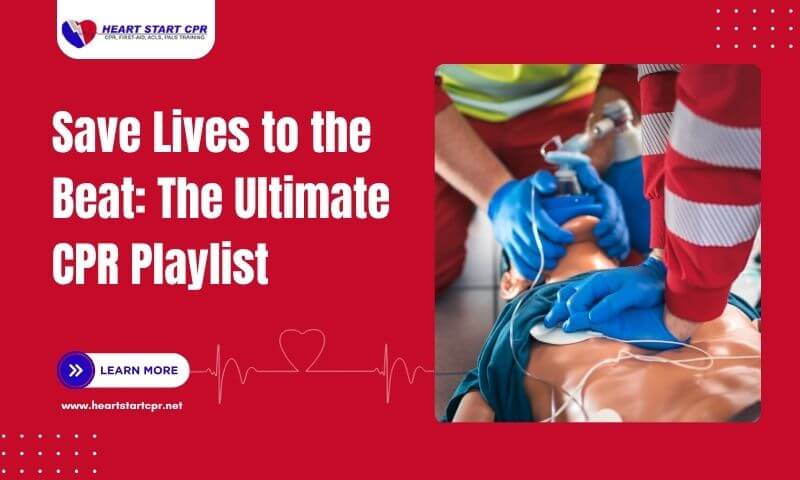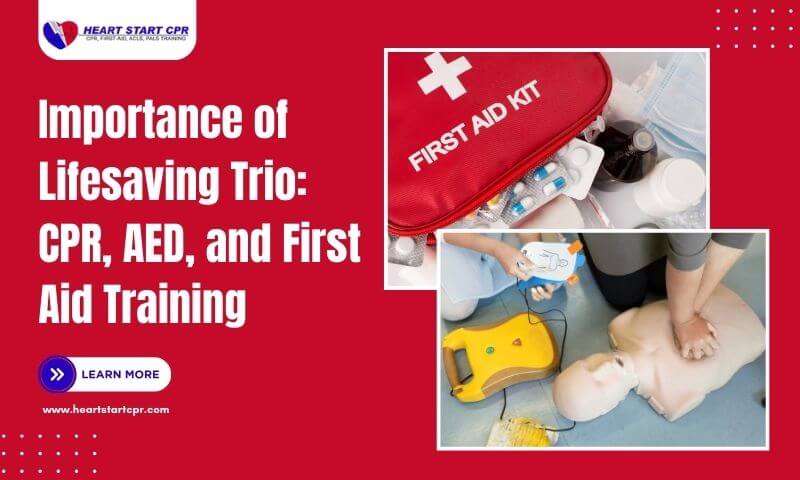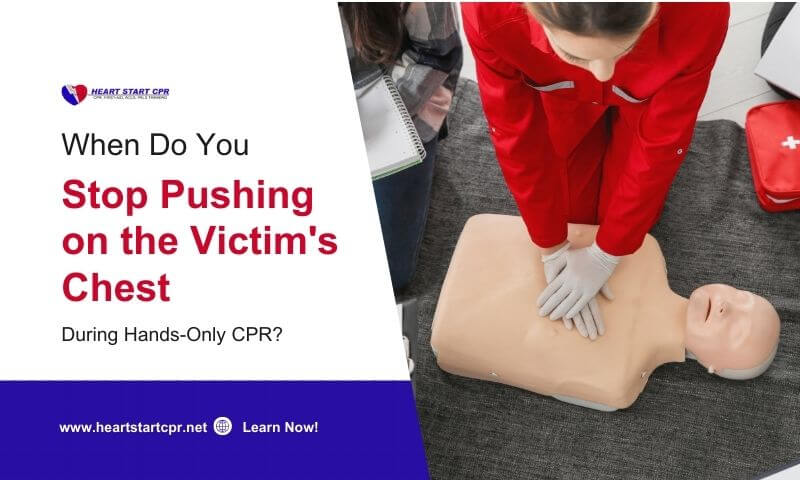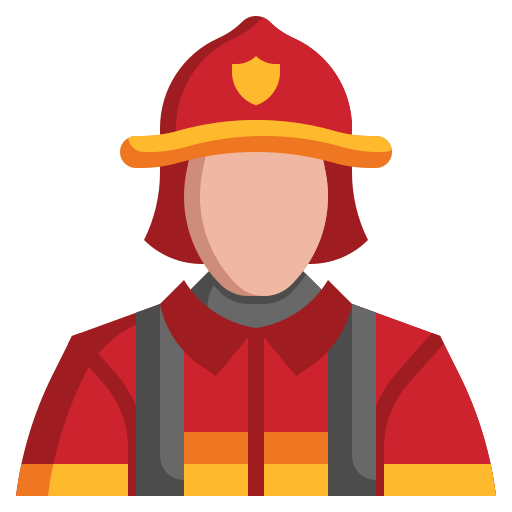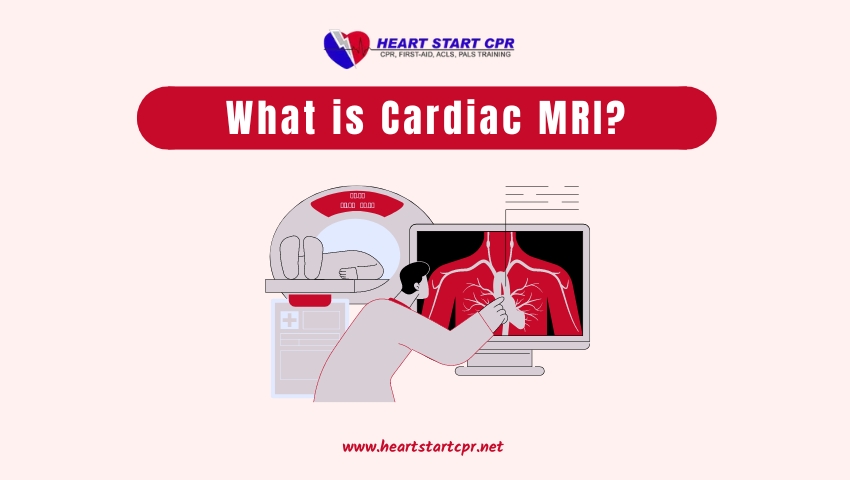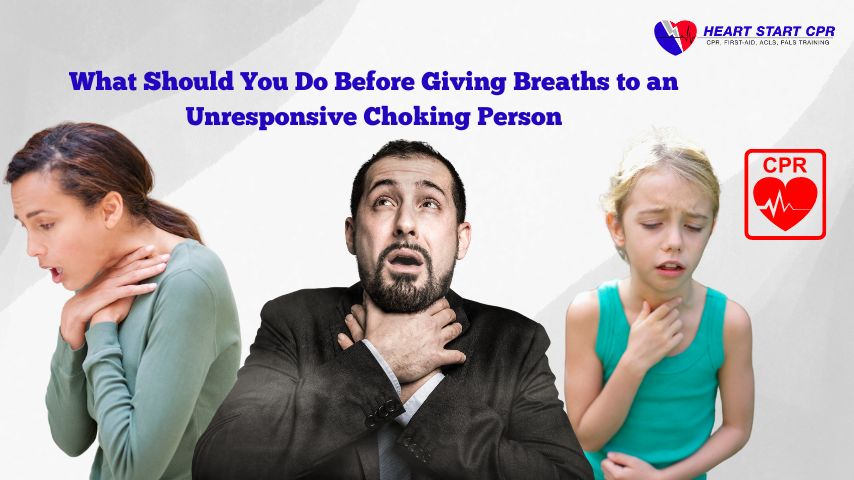Ever taken a bite of food and felt it get stuck for a moment? It’s scary, right? Choking is a real and serious risk, but you can prevent it with a little awareness and the right precautions.
Certain foods pose a higher risk of blocking the airway, making it difficult or impossible to breathe. While young children are especially vulnerable due to their small airways and developing chewing skills, adults can also choke if they eat too quickly or fail to chew their food properly.
If you understand which foods are high-risk and how to prepare them safely, you can prevent choking emergencies. This guide covers the most common choking hazards and the steps you can take to minimize the risk.
How to Identify a Choking Emergency?
A choking emergency happens when something blocks a person’s airway and they can’t breathe properly. You can often tell someone is choking if they can’t talk, breathe, or cough. They might clutch their throat, look scared, or make gasping or wheezing sounds. Their face or lips may start to turn blue because of the lack of oxygen. If the person can’t make any sound or starts to lose consciousness, it’s a serious emergency. In that case, call for help right away and start first aid, such as giving back blows or abdominal thrusts, to try to clear the airway.
What are the most common choking hazards for children?
Children under five years old are at the highest risk of choking because they lack full control over their chewing and swallowing. Their small airways can easily become blocked by certain foods. Here a
1. Small, Round Foods
Small, round foods are among the most common choking hazards because their shape can easily block the airway if swallowed whole. Common choking foods like grapes, cherry tomatoes, hot dog slices, candies, and nuts often pose risks, especially for children and older adults who may not chew food thoroughly. These foods can slip to the back of the throat quickly, preventing proper breathing.
Examples: Grapes, cherries, blueberries, cherry tomatoes, melon balls, olives, peas, and small candies.
Prevention Tip: Always cut round foods into quarters. For grapes and cherry tomatoes, slicing them lengthwise into smaller pieces reduces the choking risk.
2. Sticky Foods
Sticky foods can be particularly dangerous because they tend to cling to the mouth, throat, or airway, making them difficult to clear once lodged. Choking Foods such as peanut butter, caramel, gummy candies, and marshmallows can easily get stuck and block breathing passages, especially in children and older adults. Even thick spreads or sticky desserts can pose a risk if eaten in large spoonfuls or without liquids.
Examples: Peanut butter, marshmallows, caramel, taffy, gummy candies, chewing gum, and jelly beans.
Prevention Tip: Spread peanut butter thinly instead of serving it in large spoonfuls. Avoid sticky candies and gum for young children.
3. Hard, Firm Foods
Hard foods are among the most common foods to choke on, especially for young children. Items like raw carrots, nuts, popcorn, or chunks of apple can be difficult to chew and swallow properly. Since these foods require more chewing strength and coordination than many children have, it’s best to cut them into smaller pieces or cook them until soft to make them safer to eat.
Examples: Whole nuts, raw carrots, raw apples, hard candies, popcorn, pretzels, seeds, and uncooked rice or pasta.
Prevention Tip: Cook or grate hard fruits and vegetables to soften them. Nuts and popcorn should be avoided for children under five.
4. Uncut Fruits and Vegetables
Children are most likely to choke on hard fruits and vegetables. Foods like whole grapes, cherry tomatoes, or large pieces of apple and carrot can easily block a child’s airway if not cut into smaller pieces. You can prevent choking by slicing or mashing these foods into bite-sized portions to make them safer and easier to chew.
Examples: Whole apples, baby carrots, celery sticks, cucumber slices, and corn on the cob.
Prevention Tip: Cut fruits and vegetables into small, manageable pieces or cook them to soften their texture. Serve corn off the cob rather than on it.
5. Processed Meats
Processed meats are also among the most common foods to choke on due to their slippery and chewy textures. Foods like hot dogs, sausages, and chunks of meat can easily get stuck in the throat if not cut into small, manageable pieces. Always slice these foods lengthwise or into thin strips to make them safer for young children to eat.
Examples: Hot dogs, sausage links, meatballs, and string cheese.
Prevention Tip: Always cut hot dogs and sausages lengthwise before slicing them into small pieces. Tear string cheese into thin strips rather than serving it whole.
6. Fish and Bones
Fish with small bones are also considered one of the most common foods to choke on for children. Tiny bones can easily get stuck in the throat, causing choking or even minor injuries. Always check and remove any bones carefully before serving fish to young children to ensure it’s safe to eat.
Examples: Bony fish like salmon, trout, and sardines.
Prevention Tip: Carefully check for and remove bones from fish before serving. Opt for boneless fillets when possible.
7. Water and Other Liquids
Though not a solid choking hazard, water and other thin liquids can cause choking or aspiration, especially in younger children or individuals with swallowing difficulties.
Prevention Tip: Encourage children to drink slowly and avoid drinking while laughing or talking. Thickening agents can be used for individuals with swallowing disorders.
What are the most common choking foods for adults ?
Adults are also at risk of choking, particularly if they eat too quickly, fail to chew properly, or have swallowing difficulties due to medical conditions.
1. Large Chunks of Food
Oversized bites can block the airway if not properly chewed.
Examples: Large pieces of meat, sandwiches, pizza slices, thick bread rolls, and large bites of fruit.
Prevention Tip: Cut food into smaller, manageable pieces and chew thoroughly before swallowing.
2. Tough, Chewy Foods
Dense textures require extensive chewing, increasing the risk of choking.
Examples: Steak, pork chops, bagels, dried fruit, beef jerky, and thick bread.
Prevention Tip: Cut meats into bite-sized pieces, chew thoroughly, and avoid eating in a hurry.
3. Hard Foods
Hard, brittle foods can become lodged in the throat.
Examples: Whole nuts, raw carrots, uncut apples, ice cubes, and hard candies.
Prevention Tip: Choose chopped or ground nuts, cook hard vegetables, and avoid biting directly into very hard foods.
4. Foods with Sharp Edges
Sharp-edged foods can break into jagged pieces, posing a choking risk.
Examples: Tortilla chips, pretzels, crackers, crusty bread, and coconut flakes.
Prevention Tip: Take small bites, chew carefully, and drink water to aid swallowing.
5. Foods that Require Extensive Chewing
Dense foods that are difficult to break down can cause choking.
Examples: Thick peanut butter sandwiches, dense pasta dishes, large chunks of cheese, and mozzarella sticks.
Prevention Tip: Take smaller bites and chew slowly. Sip water to help with swallowing if needed.
6. Fish and Bones
Even small fish bones can get stuck in the throat, leading to choking or injuries.
Examples: Salmon, trout, catfish, and small fish with many bones.
Prevention Tip: Always check for and remove bones before eating. Opt for filleted fish when possible.
7. Water and Beverages
Drinking too quickly or swallowing improperly can cause choking or aspiration.
Prevention Tip: Take slow sips, especially when drinking carbonated or alcoholic beverages that can cause coughing or throat irritation.
How to Respond When Someone is Choking?
Even with careful precautions, choking can still happen. Knowing how to act quickly can save a life.
1. If the Person is Coughing
You should encourage them to keep coughing. This means air is still moving through the airway. Do not intervene unless the choking worsens.
2. If the Person Cannot Cough, Speak, or Breathe
In this case, immediate action is needed.
- For adults and children over one year old:
- Perform the Heimlich maneuver (abdominal thrusts).
- Stand behind the person, wrap your arms around their waist, and place your fist above their belly button.
- Push in and up forcefully until the object is expelled.
- For infants under one year old:
- Place the baby face-down over your forearm.
- Give five firm back blows between the shoulder blades.
- Turn the baby over and give five chest thrusts using two fingers in the center of the chest.
3. When to Call 911
If the person is unconscious or unable to breathe, call 911 immediately and begin CPR.
CPR Training and Choking Emergencies
Choking is unpredictable. Whether it’s a friend, family member, or a stranger in distress, knowing the right steps can make all the difference. Being trained in CPR and first aid gives you the confidence to save a life. At Heart Start CPR, our courses teach you:
- How to recognize choking and act quickly
- Choking relief techniques for adults, children, and infants
- CPR for unresponsive choking victims
- Proper use of an AED in emergencies
Being prepared can mean the difference between life and death. Enroll in a CPR class today and be ready to act when it matters most.





